Emerging trends and innovations in CPC advertising networks shaping the future
Buy CPC Traffic | Buy Display Ads | Exclusive traffic sources | Buy Push Ads | Popunder ADS | Buy Native Ads | Buy Preroll Ads
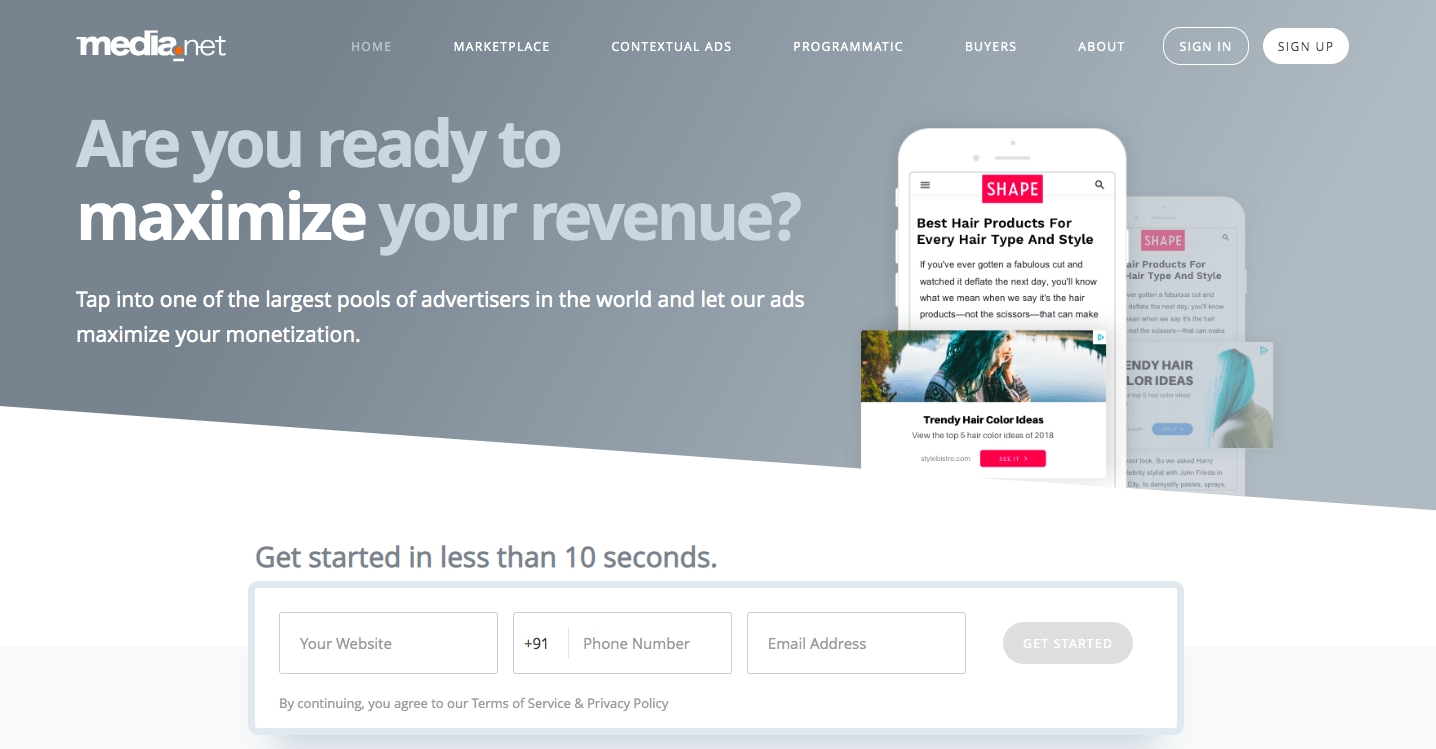
Buy CPC Traffic | Buy Display Ads | Exclusive traffic sources | Buy Push Ads | Popunder ADS | Buy Native Ads | Buy Preroll Ads
In the ever-evolving world of digital advertising, CPC (Cost Per Click) advertising networks have become a popular choice for marketers looking to optimize their online campaigns. These networks allow advertisers to pay only when a user clicks on their ads, making it a cost-effective solution for driving targeted traffic to their websites. As technology continues to advance at a rapid pace, the future of CPC advertising networks looks promising, with several trends and innovations set to revolutionize the industry.
One of the key trends to watch in the future of CPC advertising networks is the rise of machine learning and artificial intelligence. These technologies have the potential to transform the way ads are targeted and optimized, making campaigns more personalized and effective. With machine learning algorithms, advertisers can analyze vast amounts of data to understand consumer behavior and target their ads to the right audience at the right time.
Another exciting development in the future of CPC advertising networks is the integration of blockchain technology. Blockchain offers transparent and secure transactions, which can help build trust between advertisers and publishers. This technology can also eliminate ad fraud and ensure fair compensation for all parties involved. By leveraging blockchain, CPC advertising networks can create a more trustworthy and efficient ecosystem.
Furthermore, the future of CPC advertising networks will see a shift towards mobile advertising. With more people accessing the internet through their mobile devices, advertisers need to adapt their strategies to reach this growing audience. Mobile-optimized ads and mobile-first design will become crucial for success in the era of mobile advertising.
In conclusion, the future of CPC advertising networks is bright and filled with potential. With advancements in machine learning, artificial intelligence, blockchain technology, and mobile advertising, these networks will continue to evolve and shape the digital advertising industry. Advertisers who stay ahead of these trends and embrace innovation will be well-positioned to maximize their ROI and drive success in the increasingly competitive online landscape.
The Rise of AI and Machine Learning in CPC Advertising

The future of CPC advertising networks is closely tied to the rise of artificial intelligence (AI) and machine learning. These technologies have the potential to revolutionize the way CPC advertising campaigns are managed and optimized.
Automated Ad Optimization
AI and machine learning algorithms can analyze vast amounts of data to identify patterns and make predictions about user behavior. This enables CPC advertising networks to automatically optimize ad campaigns in real time, ensuring that each ad is shown to the most relevant audience.
Through machine learning, CPC networks can learn which ads perform best for different target audiences and automatically adjust bidding strategies, keywords, and ad creatives to maximize conversions. This automation eliminates the need for manual campaign optimization, saving advertisers time and resources while improving ROI.
Enhanced Ad Targeting
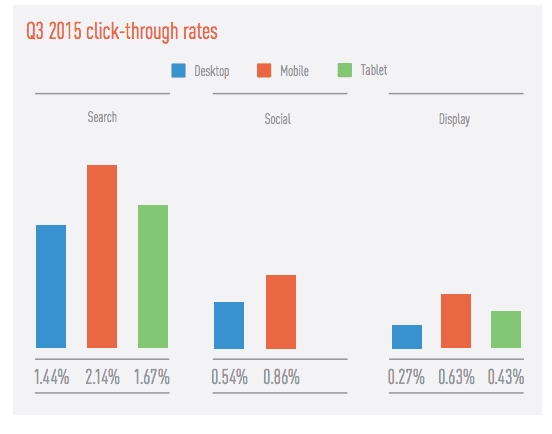
AI can also significantly improve ad targeting capabilities. By analyzing user data and behavior, machine learning algorithms can identify individual preferences and interests, allowing advertisers to deliver highly targeted ads to their desired audience.
With AI-powered targeting, CPC advertising networks can go beyond traditional demographic information and incorporate more granular data points such as browsing history, online purchases, and social media activity. This enables advertisers to reach users who are more likely to be interested in their products or services, resulting in more effective ad campaigns and higher conversion rates.
Dynamic Pricing and ROI Optimization
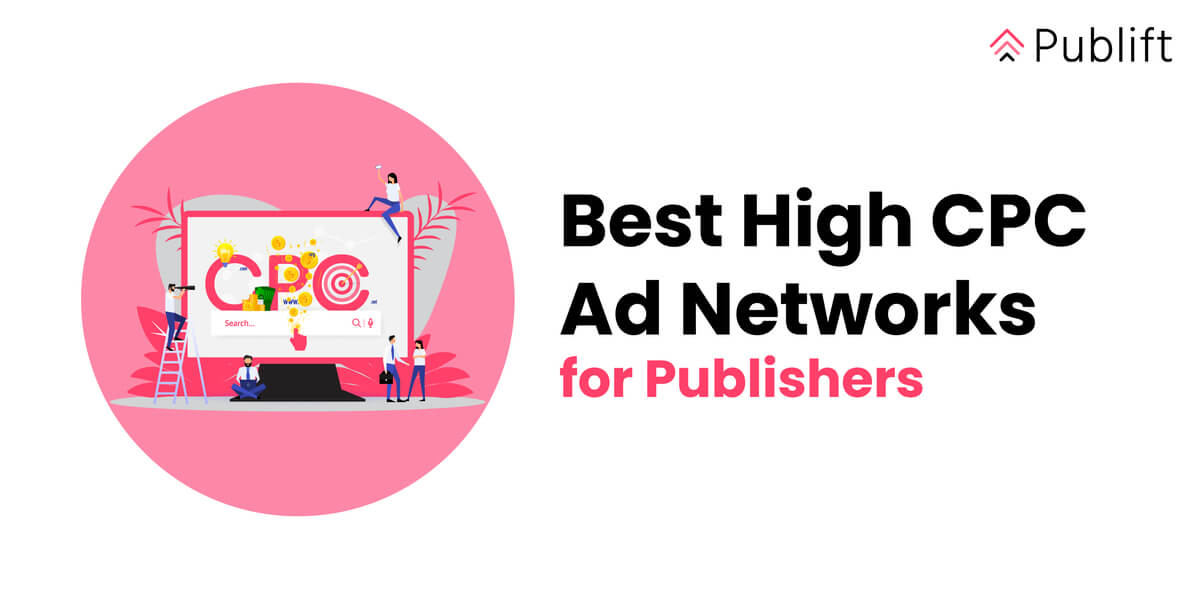
Another area where AI and machine learning can have a significant impact is dynamic pricing and ROI optimization. By analyzing real-time data on ad performance and user behavior, CPC networks can adjust bidding strategies to ensure that advertisers get the most value for their investment.
AI algorithms can consider various factors such as ad position, click-through rates, and conversion rates to optimize bidding strategies and maximize ROI. This allows advertisers to make data-driven decisions and allocate their budget more effectively, resulting in higher profitability.
In conclusion, the rise of AI and machine learning in CPC advertising is set to transform the industry. With automated ad optimization, enhanced ad targeting, and dynamic pricing optimization, advertisers can expect more effective and efficient ad campaigns in the future.
Advancements in technology are revolutionizing the advertising industry

Technology is constantly evolving, and this evolution has had a significant impact on the advertising industry. Advancements in technology have revolutionized the way advertisers reach and engage with their target audiences. Here are some key ways that technology is transforming the advertising landscape:
1. Targeted Advertising: With the help of sophisticated data analysis and machine learning algorithms, advertisers can now target their ads to specific demographics, interests, and behaviors. This level of targeting allows for more personalized and relevant ads, increasing the chances of conversion and maximizing return on investment.
2. Programmatic Advertising: Programmatic advertising automates the buying and selling of ad inventory, allowing for real-time bidding and ad placement across a vast network of websites and apps. This technology streamlines the ad buying process, making it more efficient and cost-effective.
3. Native Advertising: Native advertising seamlessly integrates promotional content with the user's online experience, making it less intrusive and more engaging. Technology has made it easier for advertisers to create native ads that align with the look and feel of the platform it appears on, improving user experience and driving higher engagement.
4. Mobile Advertising: The rise of smartphones has greatly impacted the advertising industry, as people are spending more time on their mobile devices. Advertisers can leverage mobile-specific features such as location targeting and push notifications to deliver ads at the right time and place, increasing relevance and effectiveness.
5. Interactive and Immersive Ads: Technology has opened up new possibilities for creating interactive and immersive ad experiences. From augmented reality ads to interactive videos, advertisers can engage with their target audience in more creative and captivating ways.
6. Artificial Intelligence: Artificial intelligence (AI) is revolutionizing the way ads are created, delivered, and optimized. AI-powered software can analyze vast amounts of data, predict consumer behavior, and make real-time adjustments to ad campaigns for better performance.
In conclusion, advancements in technology are driving significant changes in the advertising industry. As technology continues to evolve, advertisers and advertising networks will need to adapt and leverage these innovations to stay ahead of the competition and deliver more impactful and targeted advertising campaigns.
The Shift Towards Mobile Advertising
In recent years, there has been a significant shift towards mobile advertising in the world of CPC advertising networks. As smartphones and tablets continue to dominate the digital landscape, advertisers are increasingly turning to mobile platforms to reach their target audiences.
One of the main reasons for this shift is the widespread adoption of mobile devices. People are now spending more time on their smartphones and tablets than ever before, using them for everything from communication to entertainment and shopping. This presents a huge opportunity for advertisers to connect with consumers on a personal and highly targeted level.
Mobile advertising also offers unique advantages over traditional desktop advertising. With mobile devices, advertisers can take advantage of location-based targeting, allowing them to reach consumers when they are in a specific physical location. This opens up new possibilities for businesses to deliver targeted offers and promotions to potential customers in real-time.
In addition, mobile advertising provides a more interactive and immersive experience for users. With the touchscreens and advanced capabilities of modern mobile devices, advertisers can create rich and engaging ad formats that captivate and hold users' attention. This allows them to deliver their message in a more impactful way, leading to higher engagement and conversion rates.
Furthermore, the convenience and portability of mobile devices make it easier for users to engage with ads. Unlike traditional desktop advertising, which often requires users to be sitting at a computer, mobile ads can be viewed and interacted with anywhere and at any time. This means that advertisers have the ability to connect with users at various touchpoints throughout their day, increasing the likelihood of capturing their attention and driving action.
As the shift towards mobile advertising continues, it is important for CPC advertising networks to adapt and evolve to meet the changing needs of advertisers and consumers. This includes developing mobile-specific ad formats, optimizing campaigns for mobile devices, and leveraging emerging technologies such as artificial intelligence and machine learning to improve targeting and personalization.
Key Takeaways:
1. Mobile advertising is experiencing significant growth as more people use smartphones and tablets for various activities.
2. Mobile platforms offer unique advantages such as location-based targeting and interactive ad formats.
3. Mobile ads can be viewed and interacted with anywhere and at any time, increasing the chances of capturing users' attention.
4. CPC advertising networks need to adapt and evolve to cater to the needs of mobile advertisers and consumers.
Smartphones and Mobile Devices: Driving the Growth of CPC Advertising Networks

With the continuous advancements in technology, smartphones and mobile devices have become an integral part of our daily lives. From communication to entertainment, these devices allow us to stay connected and informed at all times. As a result, they have also played a significant role in the growth of CPC advertising networks.
Mobile devices have opened up new opportunities for advertisers to reach their target audiences anytime, anywhere. People are spending more time on their phones, browsing the internet, using applications, and engaging with content. This increased mobile usage has created a massive audience for CPC advertisers to tap into.
Furthermore, smartphones and mobile devices have become more powerful and feature-rich. They offer high-speed internet access, sophisticated display capabilities, and advanced targeting options. These advancements have enabled advertisers to deliver highly targeted and personalized ads to mobile users.
One of the significant advantages of mobile CPC advertising networks is the ability to track and measure the effectiveness of campaigns in real-time. Advertisers can obtain data on click-through rates, conversions, and other important metrics to optimize their campaigns and achieve better results.
Moreover, mobile devices have revolutionized the way consumers shop and make purchasing decisions. With the convenience of mobile shopping apps and mobile-friendly websites, consumers can easily research and buy products on the go. This has created a massive opportunity for CPC advertising networks to connect advertisers with customers at the point of purchase.
Increased reach and visibility
Targeted and personalized ads
Real-time tracking and optimization
Connectivity with customers at the point of purchase
Privacy concerns and ad-blocking
Competition in the mobile advertising space
Adapting to changing consumer behaviors and expectations
Exploring emerging technologies like augmented reality and virtual reality
The future of CPC advertising networks lies in embracing mobile technology and staying ahead of the trends. As smartphones and mobile devices continue to evolve, advertisers must adapt their strategies to leverage the unique opportunities they offer. By understanding and catering to the mobile-first mindset of consumers, CPC advertising networks can drive even greater growth and success.
Rising Importance of Personalized Ad Targeting
As the field of CPC advertising networks continues to evolve, one key trend that is emerging is the rising importance of personalized ad targeting. With the proliferation of digital platforms and the vast amount of data available, advertisers are increasingly looking for ways to deliver more relevant and targeted ads to their audience.
Personalized ad targeting allows advertisers to tailor their messaging and creative to specific individuals or segments of their target audience. This level of customization can significantly improve the effectiveness of advertising campaigns by ensuring that ads are seen by the right people at the right time.
One of the main drivers behind the rising importance of personalized ad targeting is the increasing consumer demand for relevant and personalized experiences. With the amount of content and ads bombarding consumers on a daily basis, it's becoming more challenging for advertisers to capture their attention. Personalized ad targeting enables advertisers to cut through the noise and deliver messages that resonate with consumers on a personal level.
Furthermore, personalized ad targeting can also lead to better return on investment (ROI) for advertisers. By targeting specific individuals or segments, advertisers can optimize their ad spend and focus on the audiences that are most likely to convert. This not only helps improve campaign performance but also ensures that advertisers are getting the most out of their advertising budget.
1. Increased relevance and engagement
2. Improved campaign performance
3. Better return on investment
To achieve effective personalized ad targeting, advertisers must leverage the power of data and advanced targeting technologies. This includes utilizing user data to understand audience preferences, behaviors, and demographics, as well as employing predictive modeling and machine learning algorithms to identify the most relevant ad placements.
Overall, personalized ad targeting is becoming increasingly important in the world of CPC advertising networks. By delivering more relevant and targeted ads, advertisers can capture consumer attention, improve campaign performance, and maximize their return on investment.
Advertisers are increasingly focusing on delivering tailored ads to individual users

In today's digital advertising landscape, advertisers are striving to reach the right audience at the right time with the right message. With the advent of advanced targeting technologies and data analysis tools, advertisers have the ability to deliver tailored advertisements to individual users based on their preferences, behavior, and demographics.
Personalization is becoming a key strategy for advertisers to increase engagement and conversion rates. By creating personalized ads, advertisers can capture the attention of users more effectively and create a connection with their target audience. Studies have shown that personalized ads are more likely to be remembered, clicked on, and ultimately lead to a conversion.
One of the key drivers behind the focus on tailored ads is the increasing availability of data. Advertisers can collect and analyze vast amounts of data to gain insights into consumer behavior, preferences, and interests. This data allows advertisers to segment their audience and create ads that are highly relevant and targeted.
Advancements in machine learning and artificial intelligence have also played a significant role in the rise of tailored ads. These technologies enable advertisers to automate the process of ad personalization by analyzing user data and generating customized ads in real-time. This allows advertisers to deliver ads that are not only relevant but also timely.
The benefits of tailored ads for advertisers

There are several benefits that advertisers can derive from delivering tailored ads to individual users:
Increased engagement: By delivering ads that are specifically tailored to the interests and preferences of users, advertisers can capture their attention and increase engagement.
Better targeting: Tailored ads allow advertisers to reach their target audience more effectively, resulting in higher conversion rates and return on investment.
Improved brand perception: Personalized ads can create a positive brand perception by showing users that the advertiser understands their needs and preferences.
Higher customer satisfaction: By delivering ads that are relevant and useful to users, advertisers can enhance the user experience and increase customer satisfaction.
In conclusion, advertisers are increasingly focusing on delivering tailored ads to individual users in order to increase engagement, improve targeting, and enhance the overall user experience. With advancements in targeting technologies, data analysis tools, and machine learning, advertisers have the ability to create highly personalized ads that resonate with their target audience.
The Growing Impact of Voice Search on CPC Advertising
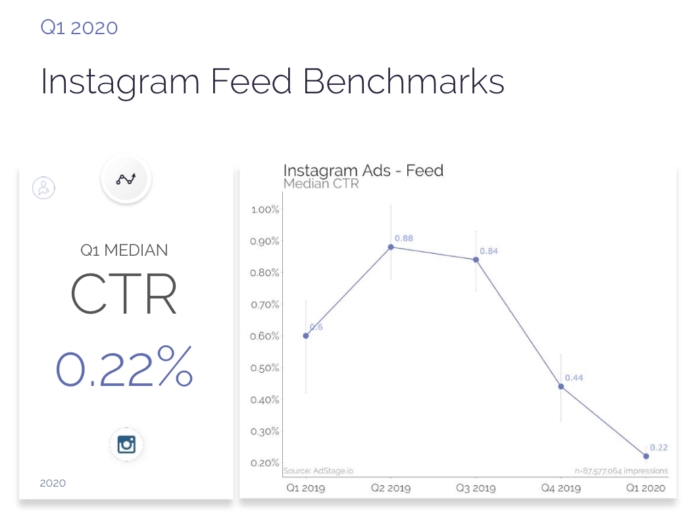
In recent years, voice search has become increasingly popular with the rise of voice assistant technology such as Siri, Google Assistant, and Amazon Alexa. This trend has significant implications for CPC advertising networks, as it changes the way users interact with search engines and consume online content.
Voice search has the potential to revolutionize the way advertisements are delivered to users. With traditional CPC advertising, ads are typically displayed based on textual keywords and user demographics. However, with the rise of voice search, advertisers will need to adapt their strategies to target the specific needs and preferences of voice search users.
One key challenge with voice search is that it often generates a single, spoken result rather than displaying a list of options. This means that advertisers will need to focus even more on optimizing their campaigns to ensure that their ads are the ones chosen by voice assistants. Advertisers will need to consider factors such as the user's location, preferences, and past behaviors to deliver relevant and valuable ads.
Adapting Keywords and Content
In order to effectively target voice search users, advertisers will need to rethink their keyword strategy. Traditional keyword research may not be enough, as voice searches tend to be more conversational and longer in nature. Advertisers will need to incorporate long-tail keywords and natural language phrases that align with how users engage with voice assistants.
Furthermore, advertisers should also focus on creating content that is optimized for voice search. This includes ensuring that their website is mobile-friendly, as voice searches are commonly performed on smartphones and smart speakers. Advertisers should also consider incorporating structured data markup to enhance the visibility and relevancy of their content.
The Rise of Local Advertising
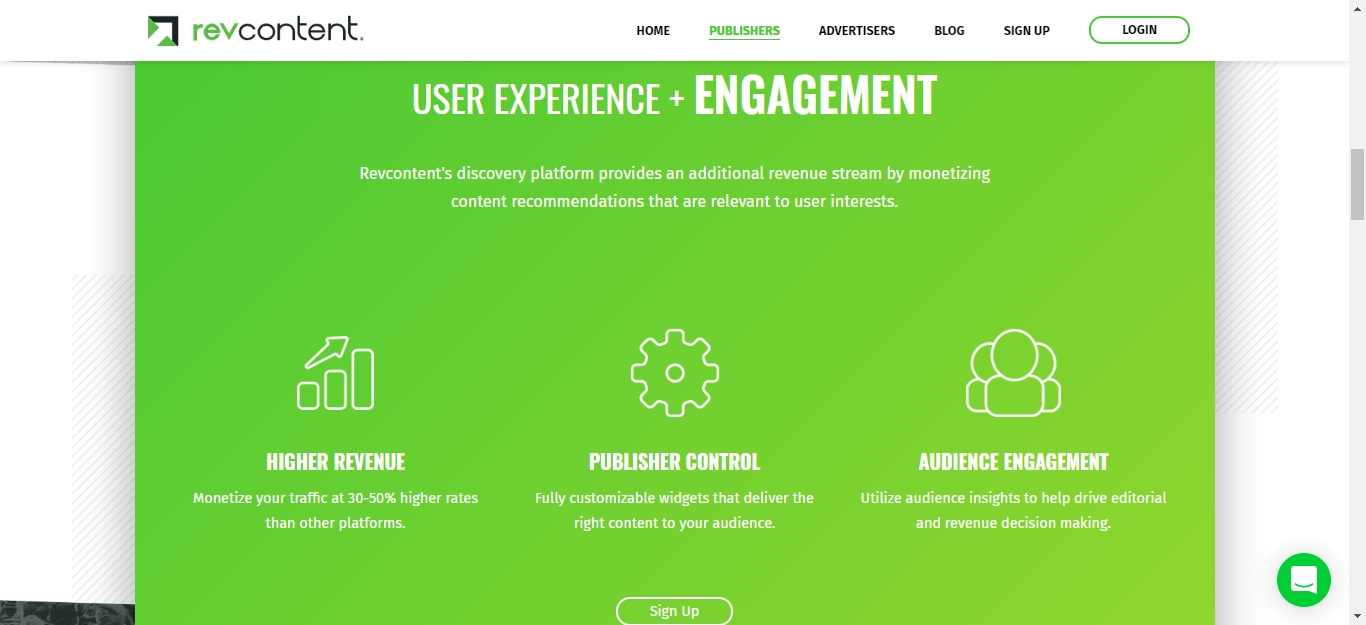
Voice search is heavily influenced by user location, making local advertising a significant opportunity for advertisers. Users often use voice search to find nearby businesses, products, or services, so advertisers can benefit by tailoring their campaigns to target specific regions or areas. Local businesses should optimize their online presence by ensuring their information is accurate and up-to-date on platforms like Google My Business.
Popunder ads network are also well-positioned to take advantage of the growing impact of voice search. Their ability to provide targeted and relevant ads to users based on their browsing behavior and preferences can help advertisers reach users who are more likely to engage with voice assistant technologies.
In conclusion, voice search is changing the landscape of CPC advertising networks. Advertisers need to adapt their strategies to target voice search users effectively, focusing on optimizing keywords and content for voice-based interactions and capitalizing on the rise of local advertising. By embracing these trends and innovations, advertisers can stay ahead of the curve and maximize their success in the evolving world of CPC advertising.
Voice assistants and voice-activated devices are changing the way ads are delivered
As voice assistants like Siri, Alexa, and Google Assistant become more prevalent in our everyday lives, they are also presenting new opportunities and challenges for CPC advertising networks. With the rise in popularity of voice-activated devices such as smart speakers and connected cars, advertisers are rethinking how they deliver their ads to users.
One of the key benefits of voice-activated ads is their ability to provide a more personalized and interactive experience. When users engage with voice assistants, they often expect to receive instant and relevant information. This opens up new possibilities for CPC ads, allowing advertisers to deliver targeted and contextually relevant messages to users in real-time.
Additionally, voice-activated devices offer a hands-free and seamless user experience, which makes them an ideal platform for delivering ads. Users can easily interact with their voice assistants while performing other tasks, such as cooking, driving, or working out. This means that advertisers have the opportunity to reach users at key moments throughout their day, when they are most likely to be receptive to ads.
However, there are also challenges that come with delivering ads through voice assistants and voice-activated devices. For example, voice-based advertising requires a different approach to traditional visual ads. Advertisers must consider the tone, language, and delivery of their ads to ensure they fit within the conversational and natural flow of a voice assistant. Additionally, measuring the effectiveness of voice-activated ads can be more difficult compared to traditional click-based metrics.
In conclusion, voice assistants and voice-activated devices are changing the way ads are delivered in CPC advertising networks. They provide new opportunities for personalized and interactive ads, while also presenting challenges in terms of adapting to a voice-based format and measuring effectiveness. As the popularity of voice assistants continues to grow, advertisers and CPC networks must stay up-to-date with the latest trends and innovations in order to take full advantage of this evolving advertising medium.
The Integration of Social Media and CPC Advertising
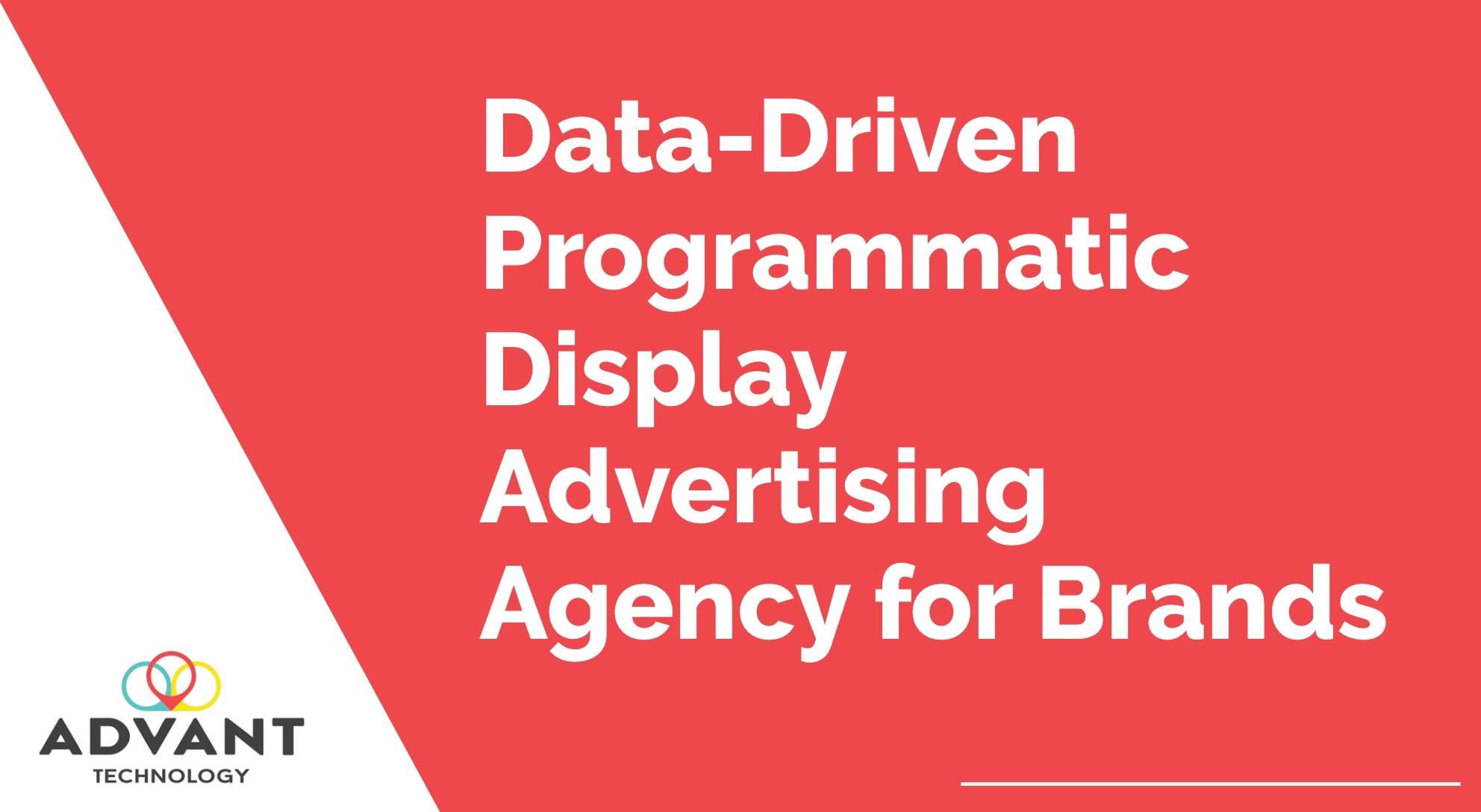
Social media platforms have become a dominant force in the digital advertising landscape, and the integration of social media and cost-per-click (CPC) advertising has opened up new possibilities for advertisers. By combining the targeting capabilities of social media platforms with the performance-based pricing model of CPC advertising, advertisers can reach highly relevant audiences and optimize their ad spend.
One of the key benefits of social media and CPC advertising integration is the ability to leverage the vast amount of user data that social media platforms collect. Platforms like Facebook, Instagram, and Twitter have access to detailed demographic, behavioral, and interest-based data, allowing advertisers to target their ads with precision. This means that advertisers can deliver their messages to the right people at the right time, significantly increasing the chances of conversion.
Moreover, social media platforms offer various ad formats that complement CPC advertising well. For example, Facebook and Instagram's carousel ads allow advertisers to showcase multiple products or features in a single ad, increasing engagement and click-through rates. Video ads on social media platforms, such as YouTube and TikTok, have also proven to be highly effective in capturing users' attention and driving conversions.
The integration of social media and CPC advertising has also given rise to new opportunities for performance tracking and optimization. With social media platforms' advanced analytics and reporting tools, advertisers can monitor the performance of their ads in real-time and make data-driven decisions to improve their campaigns. They can track metrics such as click-through rates, conversion rates, and cost per acquisition, enabling them to optimize their targeting, messaging, and creatives to achieve better results.
Additionally, the integration of social media and CPC advertising has facilitated the growth of influencer marketing. Influencer marketing involves partnering with social media influencers to promote products or services, leveraging their large and engaged follower base. By combining influencer marketing with CPC advertising, advertisers can drive even more targeted traffic to their landing pages or websites and further boost their conversion rates.
In conclusion, the integration of social media and CPC advertising represents a significant advancement in the digital advertising space. By harnessing the power of social media platforms and leveraging their data-driven targeting capabilities, advertisers can reach highly relevant audiences and optimize their ad spend. The combination of social media ad formats and CPC pricing model offers new opportunities for engagement and performance tracking. With the continued evolution and innovation in this space, the future of social media and CPC advertising integration looks promising.
Looking for a reliable popunder ads network? Consider TrafficStars, a leading provider of pop-under advertising solutions that can help you reach your advertising goals.
What are some trends in CPC advertising networks?
Some trends in CPC advertising networks include the use of artificial intelligence and machine learning, the rise of native advertising, the increasing importance of mobile advertising, and the emphasis on data-driven targeting.
How do artificial intelligence and machine learning impact CPC advertising networks?
Artificial intelligence and machine learning can greatly enhance CPC advertising networks by providing more accurate targeting and optimization, improving ad relevance, and increasing click-through rates. These technologies can analyze large amounts of data and make real-time decisions to maximize the effectiveness of CPC campaigns.
Why is native advertising becoming more popular in CPC advertising networks?
Native advertising is becoming more popular in CPC advertising networks because it blends in with the content of a website or app, making it less intrusive and more engaging for users. This can result in higher click-through rates and better overall performance for advertisers.
What role does mobile advertising play in the future of CPC advertising networks?
Mobile advertising is playing an increasingly important role in the future of CPC advertising networks. With the growing number of mobile users worldwide, optimizing ads for mobile devices and leveraging location-based targeting are crucial for advertisers to reach their target audience effectively.
How does data-driven targeting impact CPC advertising networks?
Data-driven targeting is transforming CPC advertising networks by allowing advertisers to reach the right audience at the right time. By analyzing user data, advertisers can create highly targeted campaigns, resulting in better conversion rates and return on investment.
What are some current trends in CPC advertising networks?
Some current trends in CPC advertising networks include the use of machine learning and AI algorithms to optimize ad targeting, the integration of native advertising formats, and the rise of programmatic advertising.
Buy CPC Traffic | Buy Display Ads | Exclusive traffic sources | Buy Push Ads | Popunder ADS | Buy Native Ads | Buy Preroll Ads
2022-2024 @ The Future of CPC Advertising Networks: Trends and Innovations to Watch